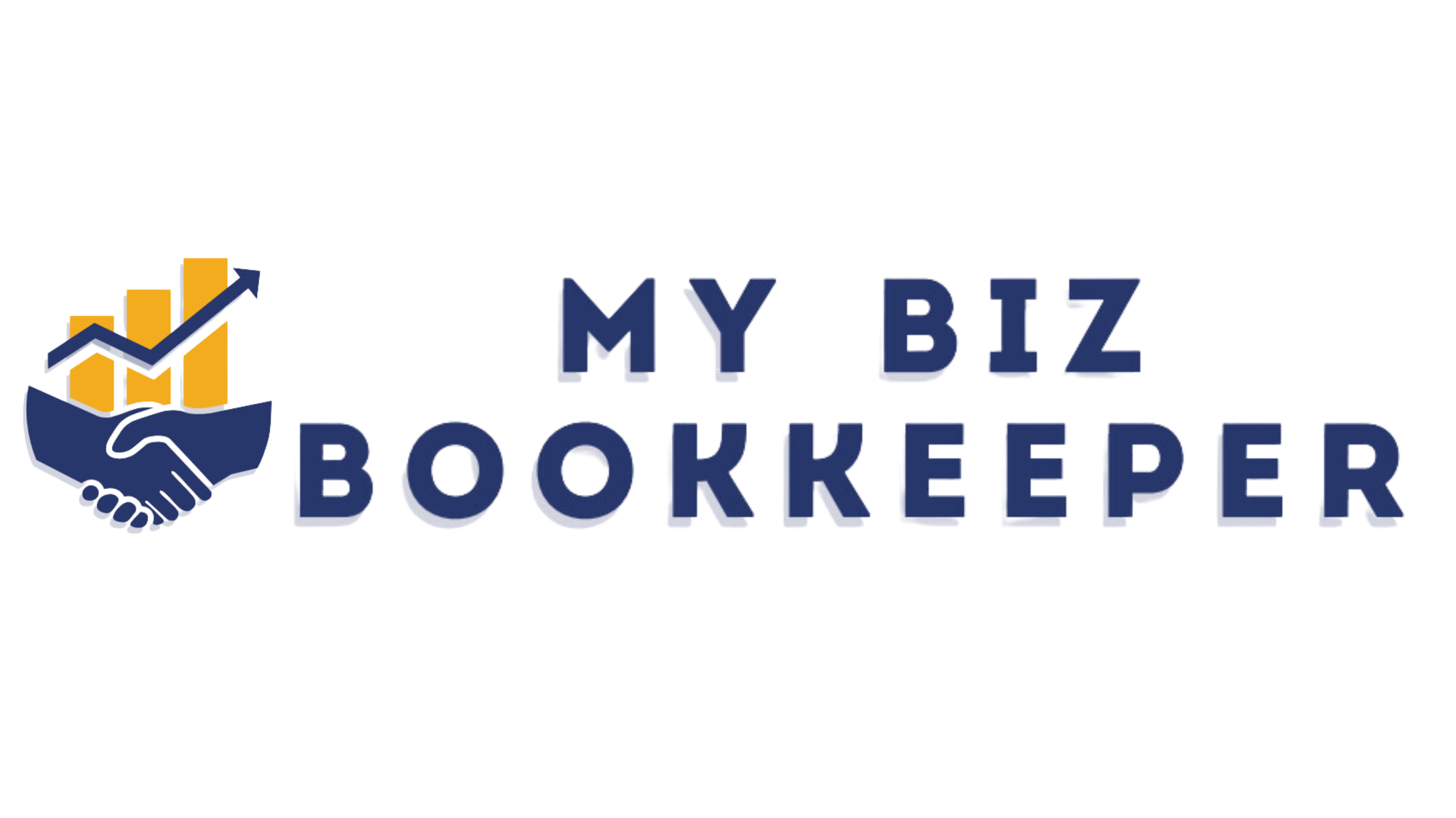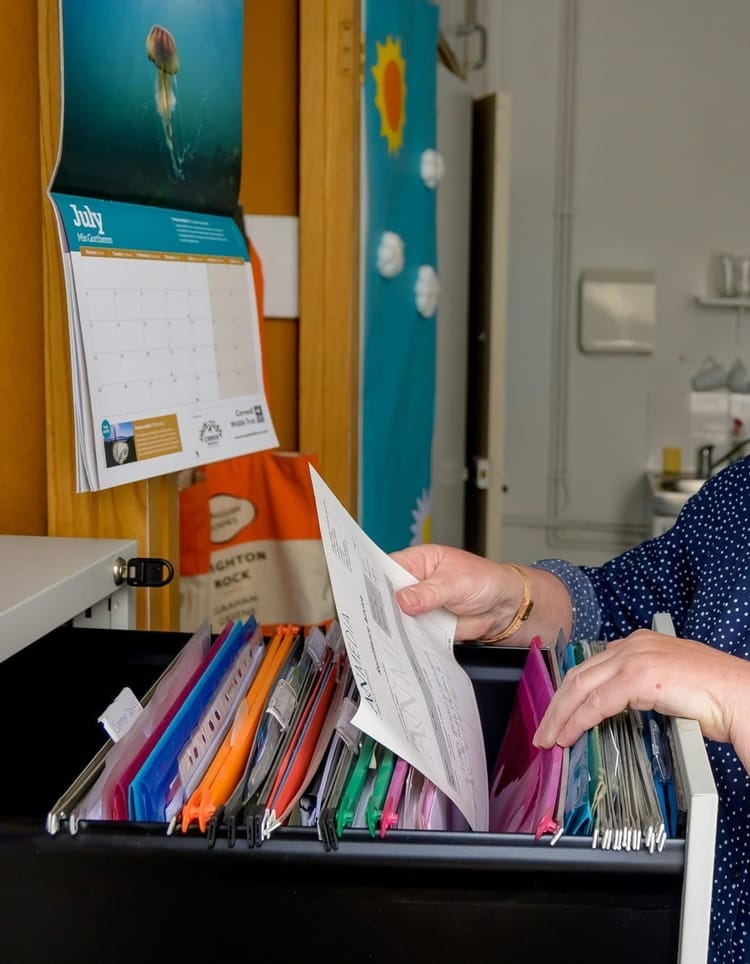How to Properly Document Business Expenses for Tax Time and Beyond

"Do I need to keep receipts for everything I buy for my business?"
"How detailed should my expense documentation be?"
"What's the best way to prove this was truly a business expense?"
These questions come up in almost every client conversation. As tax season heats up, proper documentation of business expenses becomes a pressing concern—and for good reason. Whether you're purchasing office supplies, meeting clients for lunch, investing in professional development, or occasionally traveling for business, how you document these expenses matters.
As both a bookkeeper and small business owner, I understand the challenges of tracking business expenses—and the anxiety that comes with wondering if you're documenting things correctly for potential tax scrutiny.
Why Proper Expense Documentation Matters Beyond Tax Deductions
While tax deductions are often the primary motivation for tracking business expenses, proper documentation serves multiple important purposes:
Audit Protection: Business expenses are frequently scrutinized during tax audits, especially those that could potentially have personal elements. Thorough documentation provides crucial protection.
Business Insights: Understanding your true costs by category helps you make better decisions about where to invest your resources.
Cash Flow Management: Clear tracking of expenses helps prevent cash flow surprises and allows for better budgeting.
Profitability Analysis: When expenses are properly categorized, you can see which aspects of your business are most profitable.
Reality Check: In my 14 years of bookkeeping and audit experience, I've seen more businesses struggle with documentation issues than almost any other financial challenge. This is an area where a small investment in organization creates significant protection and business intelligence.
What the IRS Actually Requires for Business Expense Documentation
The IRS has specific expectations for expense documentation. Based on my experience helping businesses prepare for and navigate audits, here's what you need to track:
For All Business Expenses:
- The amount of each expense (exact amounts, not rounded or estimated)
- The date of the purchase or expense
- The vendor or supplier name
- The business purpose or how the expense relates to your business
For Specific Categories:
- Meals & Entertainment: Who attended and what business was discussed
- Vehicle Expenses: Mileage logs with starting/ending readings and business purpose
- Travel: Dates, destination, and specific business purpose
- Gifts: What was given, to whom, and the business relationship
- Home Office: Square footage calculations and exclusive business use evidence
Pro Tip: The IRS doesn't actually require you to keep physical receipts for expenses under $75 in most cases, but having a consistent system for all expenses regardless of amount creates the strongest documentation trail.
The Most Common Business Expense Documentation Mistakes
As a bookkeeper who regularly helps small business owners organize their finances, I see these documentation errors repeatedly:
- Vague or missing business purpose: Simply categorizing an expense as "office supplies" or "meals" without noting its specific business relevance
- Commingled personal and business expenses: Using business accounts for personal purchases or vice versa
- Inconsistent receipt management: Keeping some receipts but not others
- Delayed recording of expenses: Waiting weeks or months to document purchases, leading to forgotten details
- Inadequate categorization: Using overly broad categories that don't provide meaningful business insights
- Missing substantiation for potentially personal items: Not documenting business purpose for items that could be personal (electronics, meals, subscriptions)
Success Tip: Create a simple end-of-day or end-of-week routine to capture receipt images and essential details while they're fresh. Five minutes regularly saves hours of frustration later.
Effective Documentation Systems That Pass the Audit Test
Through years of helping small businesses create audit-ready financial systems, I've developed these practical approaches to expense documentation:
1. Create Clear Expense Categories
Establish categories that provide meaningful insights:
- Office supplies and equipment
- Professional services (legal, accounting, consulting)
- Marketing and advertising
- Meals and entertainment
- Travel and transportation
- Education and professional development
- Subscriptions and software
- Rent and utilities
2. Implement a Simple Receipt Management System
Choose an approach that works for your style:
- Digital receipt apps that capture and organize images
- Cloud storage folders organized by expense category and date
- Physical filing systems with clearly labeled categories
- Email folders dedicated to digital receipts and confirmations
Quick Win: Set a weekly calendar reminder as your cue to spend 15 minutes organizing that week's receipts and notes before details fade from memory.
3. Document Business Purpose Consistently
For each expense, briefly note:
- How it relates to your business operations
- Which project or client it supports (if applicable)
- What business benefit or outcome is expected
- Who was involved (for meals, meetings, or collaborative expenses)
4. Separating Personal and Business Expenses
Create clear boundaries:
- Use dedicated business accounts and cards for business purchases
- Reimburse your business if you accidentally use business funds for personal items
- Document any legitimate business use of seemingly personal items
- Create clear allocation methods for mixed-use expenses
Bottom Line: The key to expense documentation is demonstrating the genuine business purpose and maintaining consistent records that clearly separate business expenses from personal spending.
Digital Tools That Make Expense Documentation Easier
Based on systems I've implemented with clients, here are effective digital approaches to expense documentation:
Receipt Management Apps:
- Allow immediate capture of receipt images
- Offer OCR technology to extract date, amount, and vendor information
- Enable note-taking for business purpose
- Sync with accounting software
Accounting Software Features:
- Bank feed connections that import transactions automatically
- Receipt attachment capabilities
- Custom categorization rules
- Reporting by expense category
Cloud Storage Solutions:
- Create organized folder structures for digital receipts
- Use consistent file naming conventions
- Link receipts to accounting entries
- Provide backup for physical documents
Expense Templates:
- Create standardized formats for consistent documentation
- Include required fields for all necessary information
- Streamline approval processes for teams
- Maintain digital copies with supporting documentation
Real-World Solutions: Applying Documentation Principles to Everyday Expenses
Here are practical approaches that work for different types of common business expenses:
Office Supplies and Equipment: Create a designated physical or digital folder for receipts from office supply purchases. For larger equipment, note what it will be used for in your business and retain warranty information alongside the receipt.
Local Business Meetings: When meeting clients for coffee or lunch locally, take a quick photo of the receipt and immediately add a note with who you met and what business was discussed. This takes seconds but creates valuable documentation.
Professional Development: Whether it's a webinar subscription, online course, or local workshop, document how the learning activity relates to your business. Creating a simple log that connects the education to specific business skills transforms a potentially questionable deduction into a well-documented business expense.
Subscription Services: For software, publications, or online tools, save the original sign-up confirmation email and make notes about how each service supports your business operations. For renewals, maintain a subscription tracker that links each service to its business purpose.
The key with all business expenses is consistency in your documentation approach. Business owners who develop the habit of capturing not just the receipt but also the business purpose find they have both better tax records and clearer insights into their business spending patterns.
Your Expense Documentation Action Plan
Here are the immediate steps you can take to improve your business expense documentation:
✓ Audit your current documentation: Review your expense records from the past month to identify gaps
✓ Select a receipt management system: Choose a digital or physical system that fits your work style
✓ Create a documentation template: Develop a standardized format for recording the required information for each expense
✓ Establish a weekly documentation routine: Set calendar reminders to prompt consistent documentation habits
✓ Define clear expense categories: Create categories that provide meaningful business insights
Ready to transform your expense documentation from a source of tax-time stress to a system that provides both protection and business insights? Let's talk about creating an expense tracking system that works with your specific business needs.
📞 Call: (214) 306-7850 📧 Email: hello@mybizbookkeeper.com





